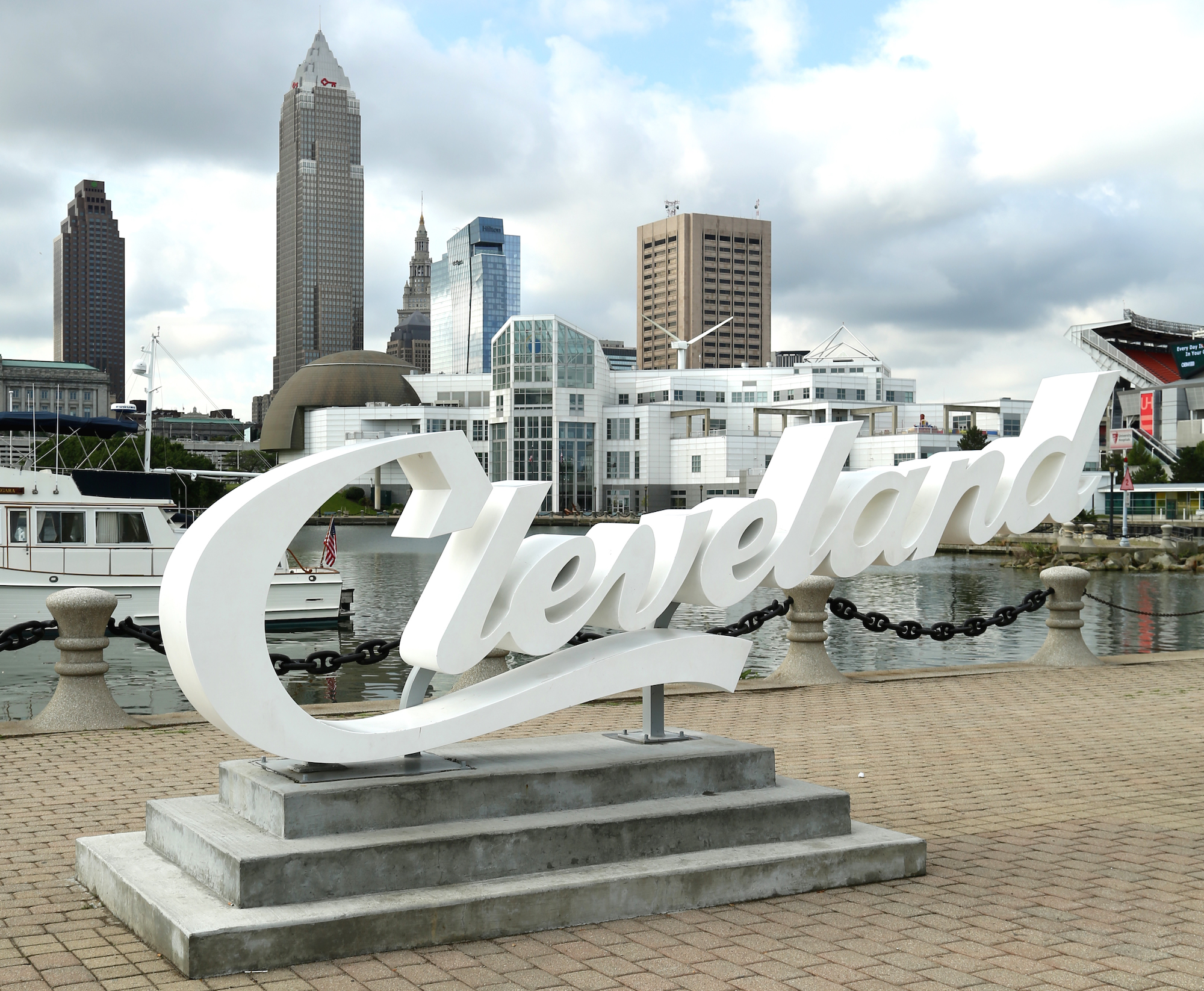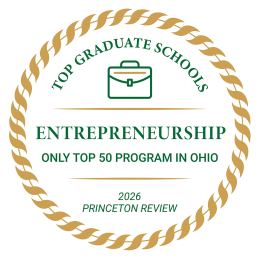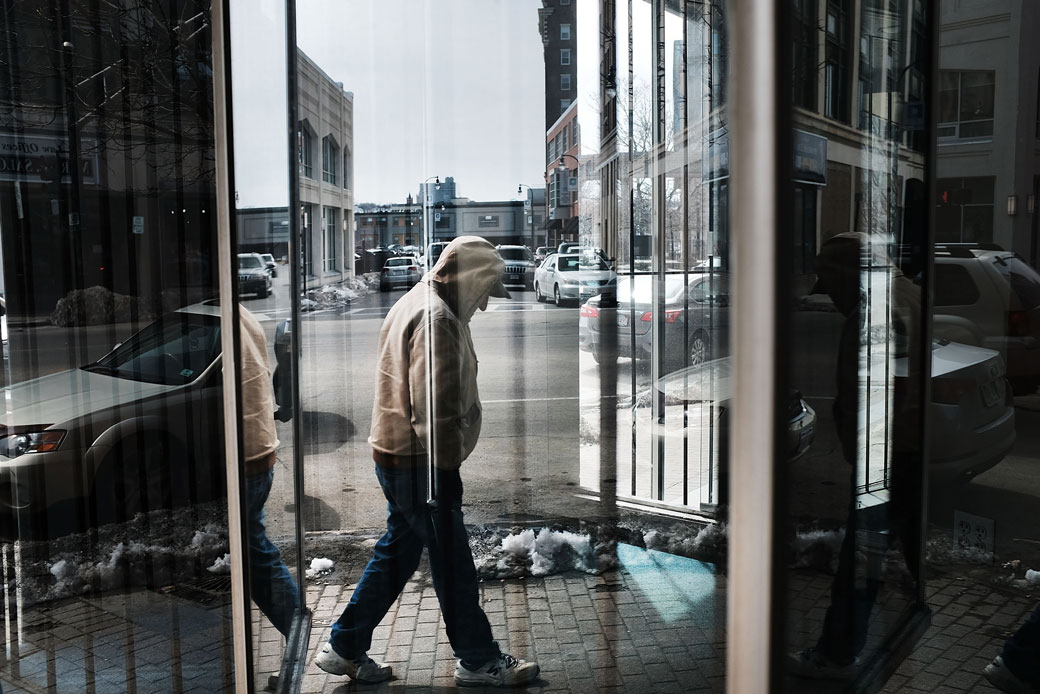City of Cleveland Awards $1.9 Million to Small Businesses Through Mayor Bibb’s Southeast Side Promise – City of Cleveland Ohio (.gov)

Report on the Southeast Side Commercial Corridor Program Investment
Executive Summary: Program Alignment with Sustainable Development Goals
On October 22, 2025, the City of Cleveland announced a significant investment of $1,909,341.06 allocated to 29 projects through the Southeast Side Commercial Corridor Program. This initiative, a component of the Mayor’s Southeast Side Promise, is designed to counteract historical disinvestment and stimulate community revitalization. The program’s framework and objectives directly support several United Nations Sustainable Development Goals (SDGs), primarily focusing on promoting inclusive and sustainable economic growth (SDG 8), reducing inequalities (SDG 10), and making cities and human settlements inclusive, safe, resilient, and sustainable (SDG 11).
Program Objectives and Contribution to Sustainable Development
The Department of Economic Development relaunched the program to foster economic resilience and vibrancy in key commercial corridors. The initiative’s core activities are strategically aligned with specific SDG targets:
- SDG 8: Decent Work and Economic Growth: By providing grant funding and technical assistance to small businesses, the program fosters entrepreneurship and job creation. Support for storefront improvements, property acquisition, and stabilization enables local enterprises to expand and contribute to the local economy.
- SDG 10: Reduced Inequalities: The program has enhanced its processes to streamline access for small and minority-owned businesses, directly addressing economic disparities. This focus on equitable development ensures that revitalization benefits are distributed more broadly across the community.
- SDG 11: Sustainable Cities and Communities: The initiative aims to create safe and vibrant community spaces by activating vacant properties and improving public realms. These efforts enhance the quality of urban life and build community pride and resilience in neighborhoods along Lee Road, Kinsman Road, Miles Avenue, and Union Avenue.
- SDG 17: Partnerships for the Goals: The program’s implementation model relies on strong partnerships between the City, local Community Development Corporations, and City Council members. This collaborative approach ensures that development strategies are aligned with community needs and effectively supported.
Funding Allocation and Impact
The total award of $1,909,341.06 is distributed among 29 small businesses, property owners, and local organizations. This funding is intended to serve as a catalyst for lasting change, activating long-vacant commercial spaces and improving the overall economic landscape of Cleveland’s Southeast Side. The investment supports a diverse range of enterprises, including restaurants, retail shops, health providers, and educational centers, thereby strengthening the local service infrastructure and contributing to a more robust and diversified local economy.
List of Awarded Projects
The following 29 entities have been selected as grant recipients:
- Grandma Ida’s Kitchen and/or designee
- House Party Construction LLC and/or designee
- Mt. Pleasant Barbecue and/or designee
- Jordan Community Residential Center dba Jordan Community Resource Center and/or designee
- A1 Top to Bottom, LLC and/or designee
- J&K Unlimited Enterprises Inc. and/or designee
- CMB Soul Food LLC and/or designee
- 4680 Breakfast Bistro LLC and/or designee
- 5th Avenue Fragrances, LLC and/or designee
- A to Z Health Provisions Inc. and/or designee
- Bottomline Barbershop LLC and/or designee
- Deja Vu Salon/Barber Inc. and/or designee
- Double Platinum Properties LLC and/or designee
- Exclusive Learners Language Academy, LLC and/or designee
- Ace-1national Trucking LLC and/or designee
- Kaba’s African Market Inc. and/or designee
- Mary J. Braids, LLC and/or designee
- Mass Orthopedic LLC and/or designee
- Satterwhite Beauty Bar L.L.C. and/or designee
- Stronghold Asset Management LLC and/or designee
- Tatt216 Studio LLC and/or designee
- Samone’s Southern Cuisine LLC and/or designee
- Virtue Holdings, LLC and/or designee
- Waterfall Publishing, LLC and/or designee
- Short Stop Upholstery LLC and/or designee
- K Royal LLC and/or designee
- Eaze Duz It LLC and/or designee
- Jud Lee Plaza and/or designee
- Affinity Alarm and/or designee
Analysis of Sustainable Development Goals in the Article
1. Which SDGs are addressed or connected to the issues highlighted in the article?
-
SDG 8: Decent Work and Economic Growth
The article’s central theme is the promotion of economic growth and support for small businesses on Cleveland’s Southeast Side. The initiative aims to drive “economic growth,” create a “path to prosperity,” and foster “equitable economic development,” which are core principles of SDG 8.
-
SDG 10: Reduced Inequalities
The program specifically targets a community that has suffered from “decades of disinvestment.” By focusing resources on the Southeast Side and ensuring “streamlined access for small and minority-owned businesses,” the initiative directly addresses spatial and economic inequalities within the city, aligning with the goals of SDG 10.
-
SDG 11: Sustainable Cities and Communities
The article details efforts to create “safe, vibrant, and economically resilient neighborhoods.” Actions such as “storefront improvements,” “vacant property acquisition and stabilization,” and “public realm enhancements” are direct interventions to make urban spaces more inclusive, safe, and sustainable, which is the primary focus of SDG 11.
2. What specific targets under those SDGs can be identified based on the article’s content?
-
Target 8.3: Promote development-oriented policies that support productive activities, decent job creation, entrepreneurship, creativity and innovation, and encourage the formalization and growth of micro-, small- and medium-sized enterprises, including through access to financial services.
The “Southeast Side Commercial Corridor Program” is a direct example of a development-oriented policy. It provides “$1,909,341.06 million” in grant funding and “technical assistance” to 29 small businesses and property owners, explicitly encouraging entrepreneurship and the growth of small enterprises.
-
Target 10.2: By 2030, empower and promote the social, economic and political inclusion of all, irrespective of age, sex, disability, race, ethnicity, origin, religion or economic or other status.
The program’s focus on an area facing “decades of disinvestment” and its specific enhancements to “streamline access for small and minority-owned businesses” are clear actions to promote the economic inclusion of marginalized communities and reduce inequality.
-
Target 11.3: By 2030, enhance inclusive and sustainable urbanization and capacity for participatory, integrated and sustainable human settlement planning and management in all countries.
The initiative incorporates a “strong community engagement approach, including partnerships with local Community Development Corporations and City Council members.” This collaborative method demonstrates participatory and integrated planning for urban renewal and sustainable community development.
-
Target 11.7: By 2030, provide universal access to safe, inclusive and accessible, green and public spaces…
The program supports “public realm enhancements” and aims to create “vibrant… community spaces.” This directly contributes to improving the quality and accessibility of public spaces within the targeted neighborhoods.
3. Are there any indicators mentioned or implied in the article that can be used to measure progress towards the identified targets?
-
Indicators for Target 8.3:
The article provides direct quantitative indicators to measure the program’s support for small enterprises:
- Total financial resources committed: The article states that “$1,909,341.06 million has been awarded.”
- Number of enterprises supported: The funding was awarded to “29 projects” involving small businesses, property owners, and local organizations.
-
Indicators for Target 10.2:
Progress towards reducing inequality is implied through programmatic design and focus:
- Proportion of resources allocated to a disinvested area: The entire $1.9 million is dedicated to the “Southeast Side,” an area explicitly identified as having faced disinvestment.
- Policies promoting inclusion: The mention of “streamlined access for… minority-owned businesses” serves as a qualitative indicator of policies designed to foster economic inclusion.
-
Indicators for Targets 11.3 and 11.7:
The article implies several indicators related to urban renewal and community planning:
- Number of partnerships for planning: The program’s “partnerships with local Community Development Corporations and City Council members” can be counted as an indicator of participatory planning.
- Investment in urban regeneration: The funding supports specific activities like “Storefront improvements,” “vacant property acquisition and stabilization,” and “public realm enhancements,” which can be tracked and measured as indicators of progress in making the community more sustainable and vibrant.
4. Table of SDGs, Targets, and Indicators
| SDGs | Targets | Indicators Identified in the Article |
|---|---|---|
| SDG 8: Decent Work and Economic Growth | 8.3: Promote development-oriented policies that support… growth of micro-, small- and medium-sized enterprises… |
|
| SDG 10: Reduced Inequalities | 10.2: Empower and promote the social, economic and political inclusion of all… |
|
| SDG 11: Sustainable Cities and Communities | 11.3: Enhance inclusive and sustainable urbanization and capacity for participatory… planning…
11.7: Provide universal access to safe, inclusive and accessible… public spaces… |
|
Source: clevelandohio.gov
What is Your Reaction?
 Like
0
Like
0
 Dislike
0
Dislike
0
 Love
0
Love
0
 Funny
0
Funny
0
 Angry
0
Angry
0
 Sad
0
Sad
0
 Wow
0
Wow
0


















































.jpg.webp?itok=0ZsAnae9#)





/environment-climate-change-and-health-(ech)/water-sanitation-hygiene-and-health-(wsh)/landfill-tuvalu-36092.tmb-1200v.jpg?sfvrsn=5c21fe40_1#)


















